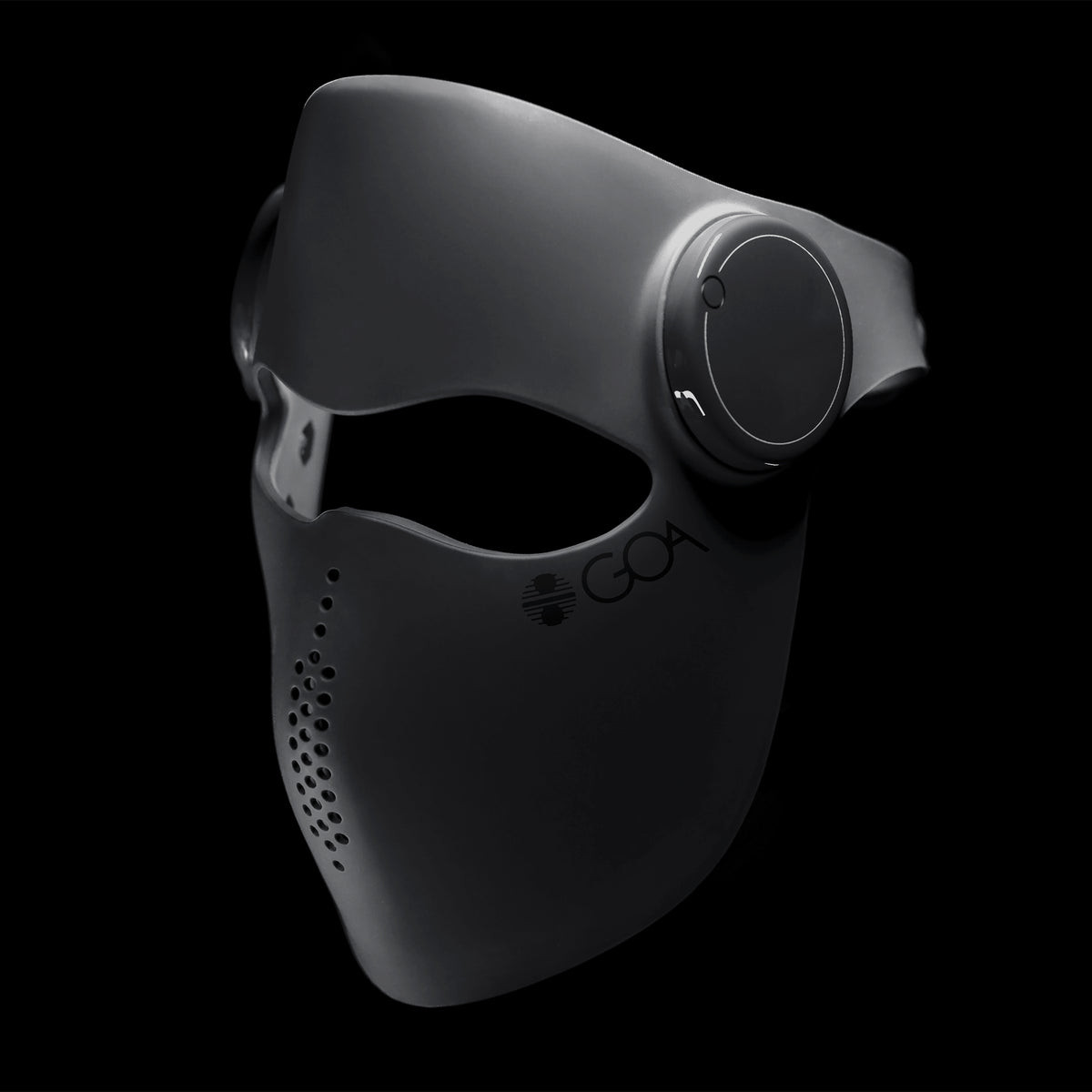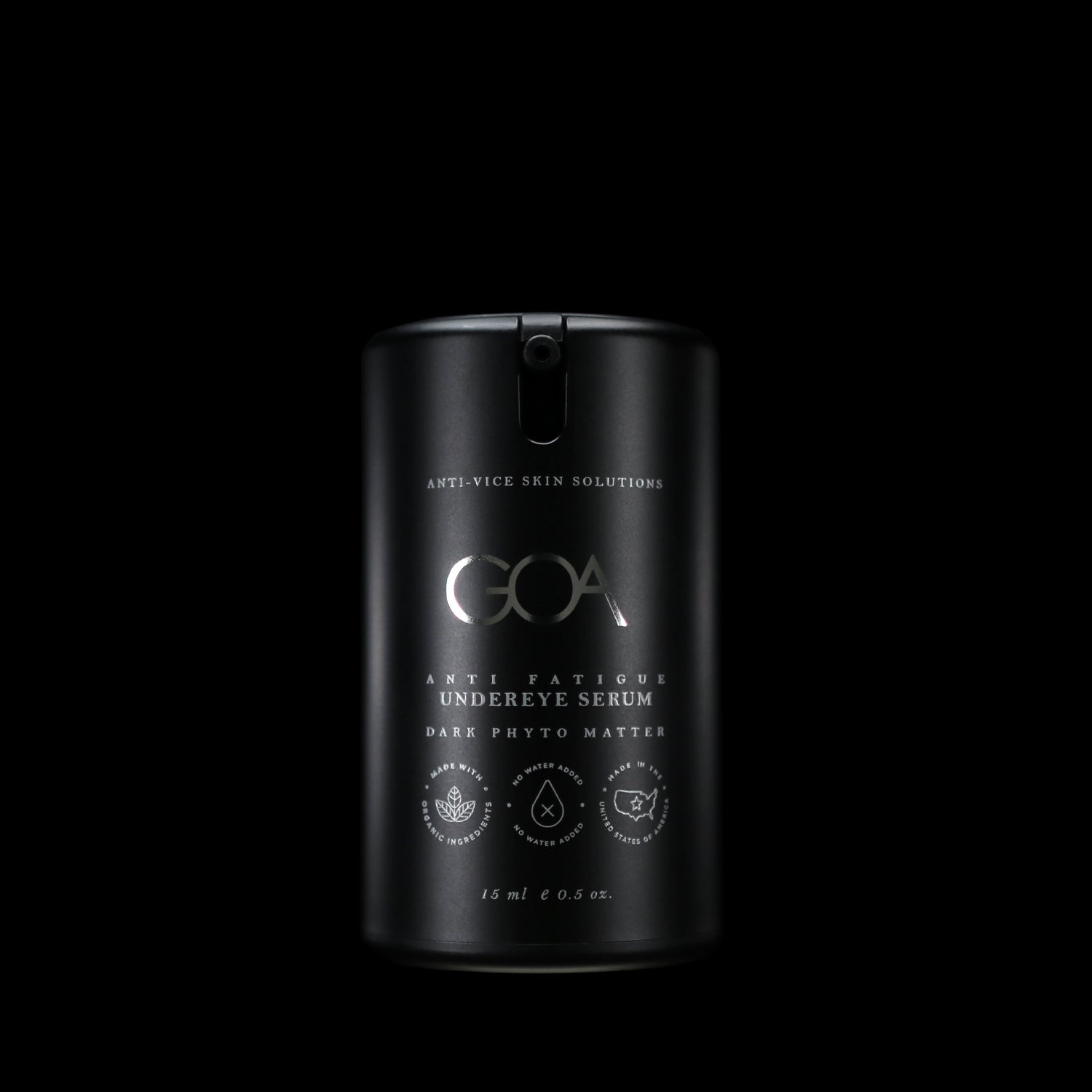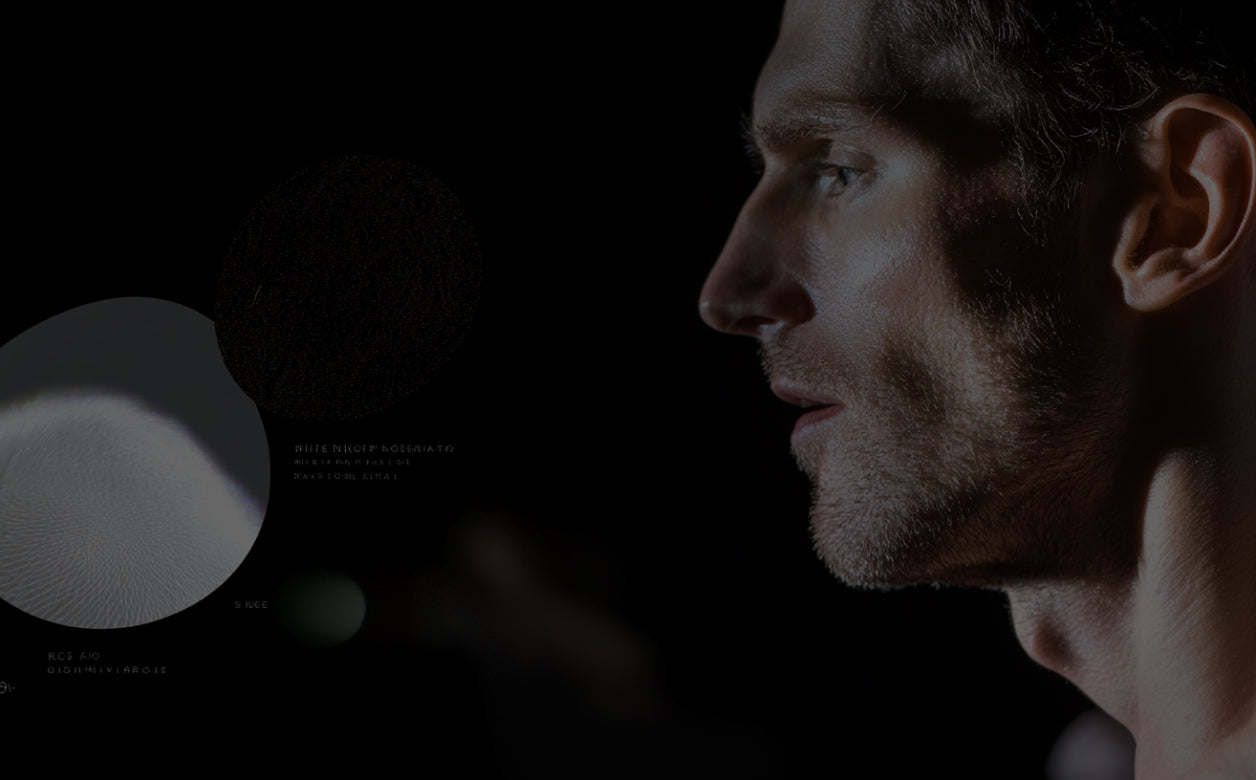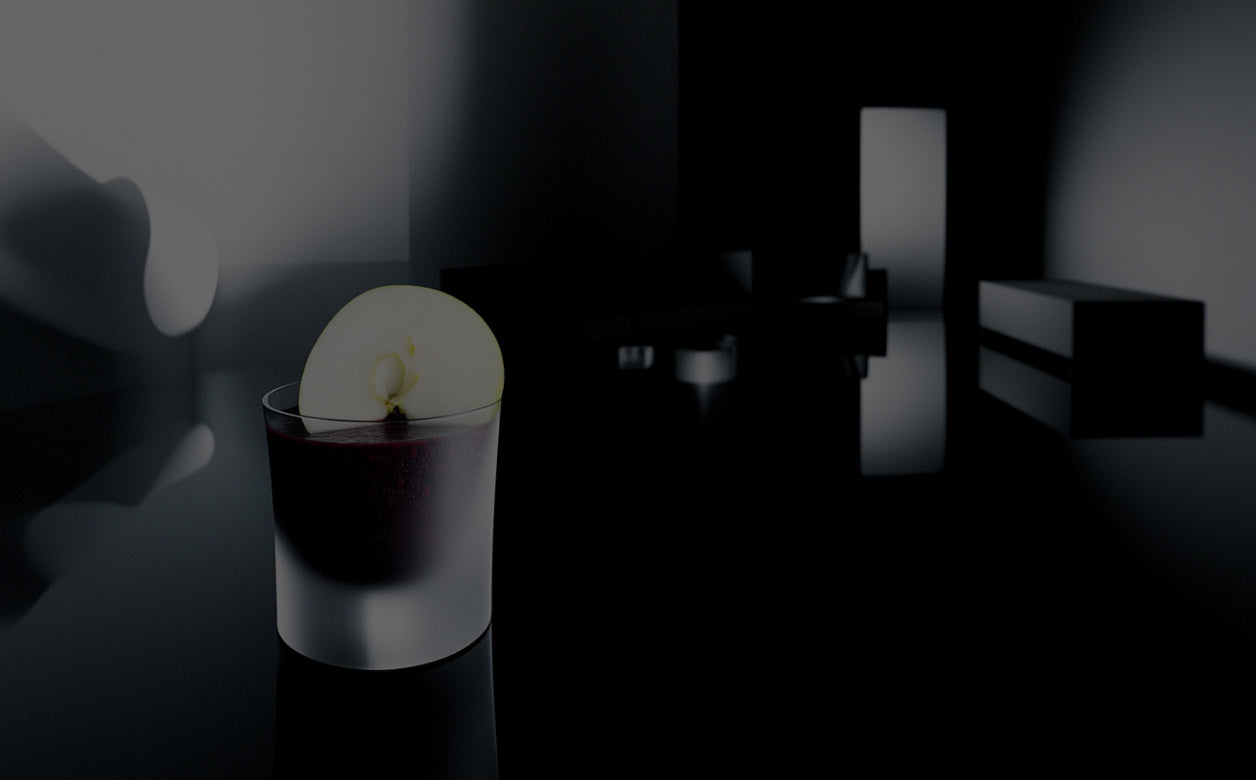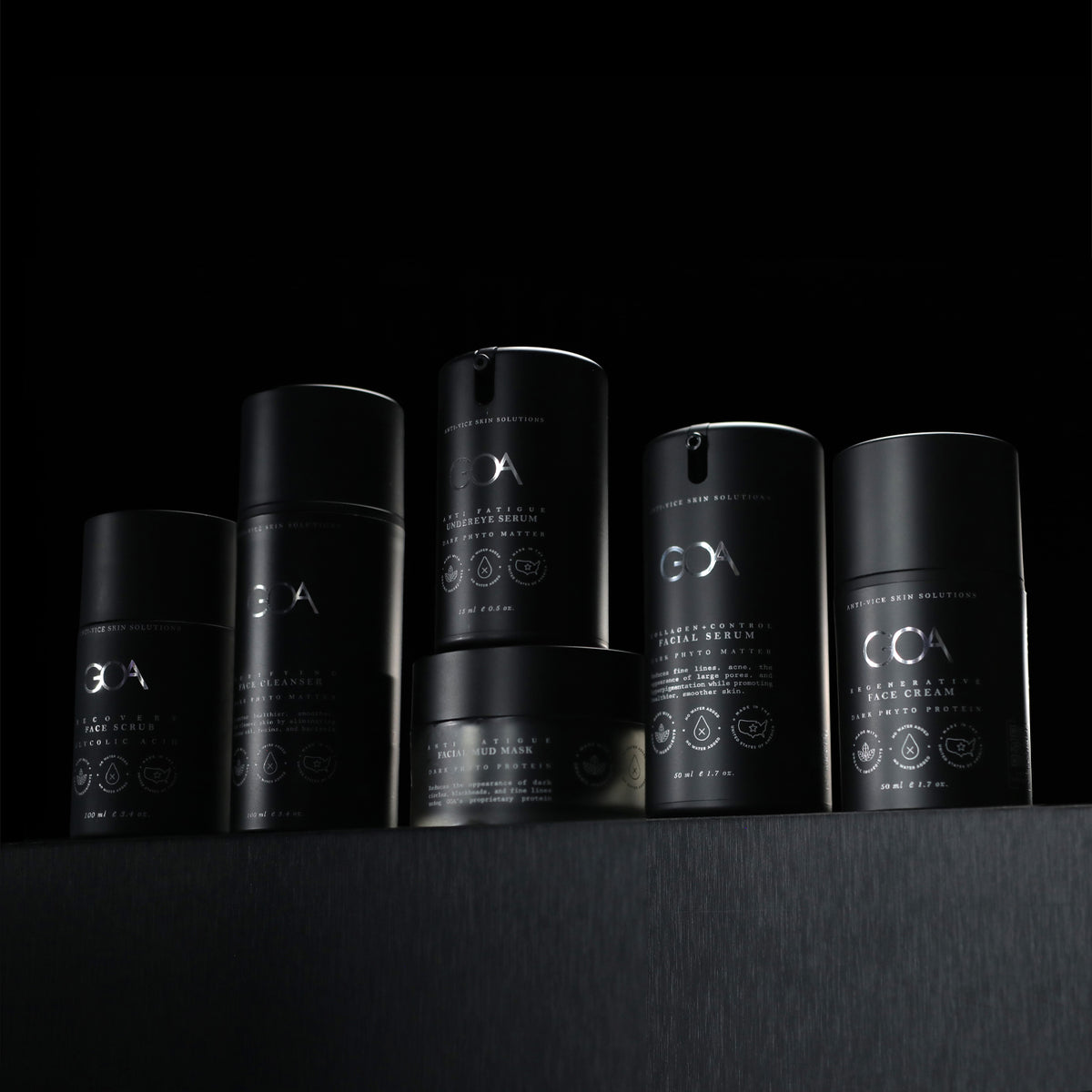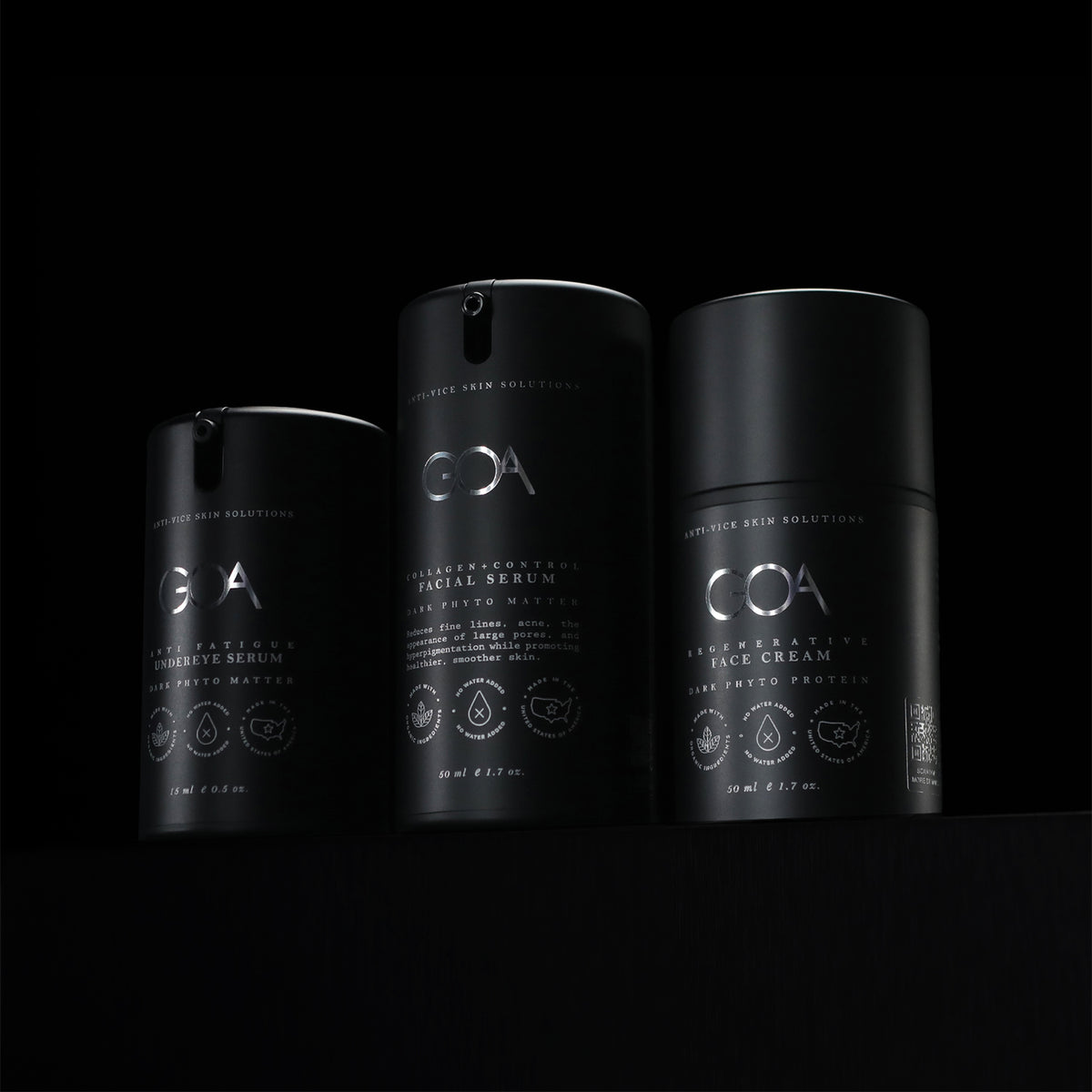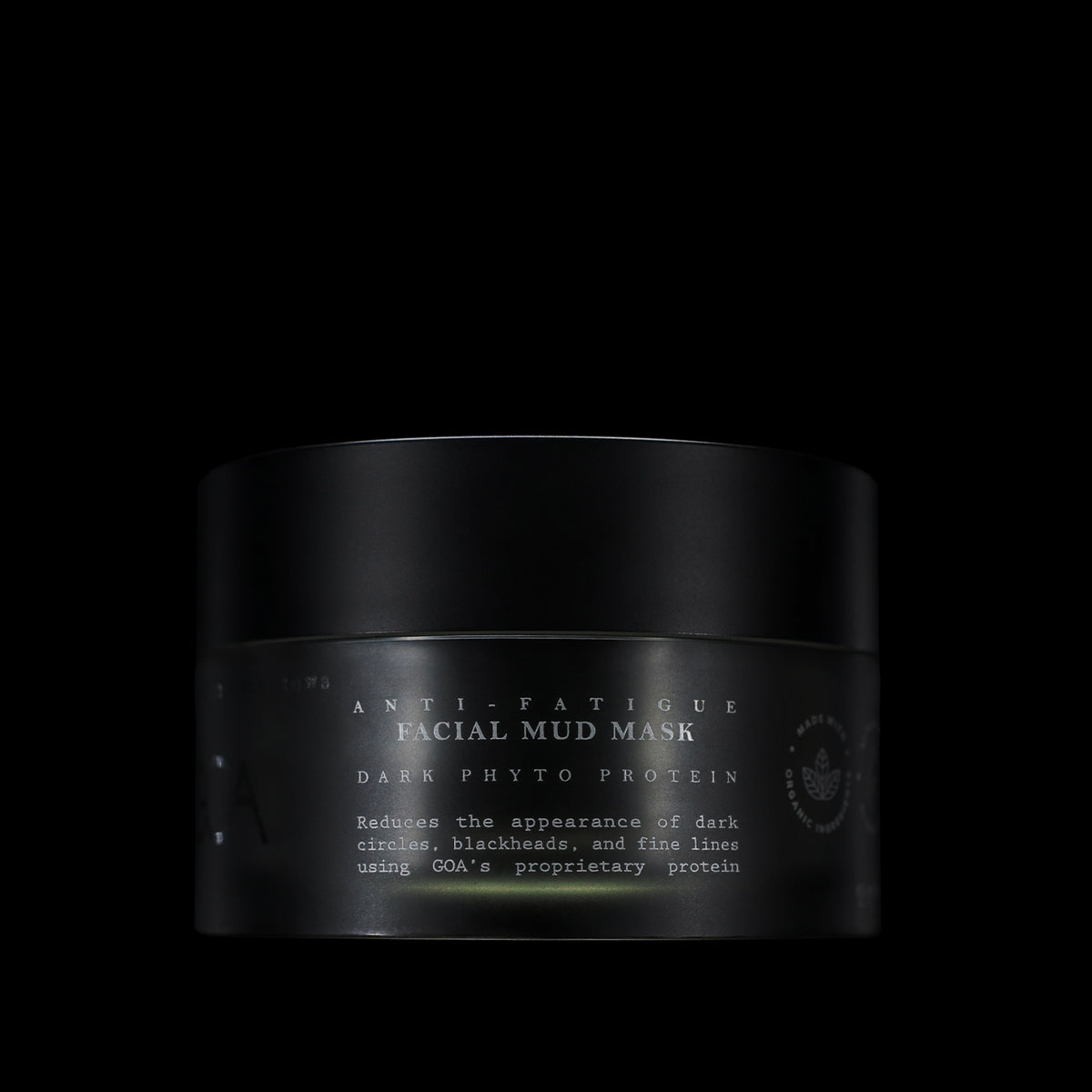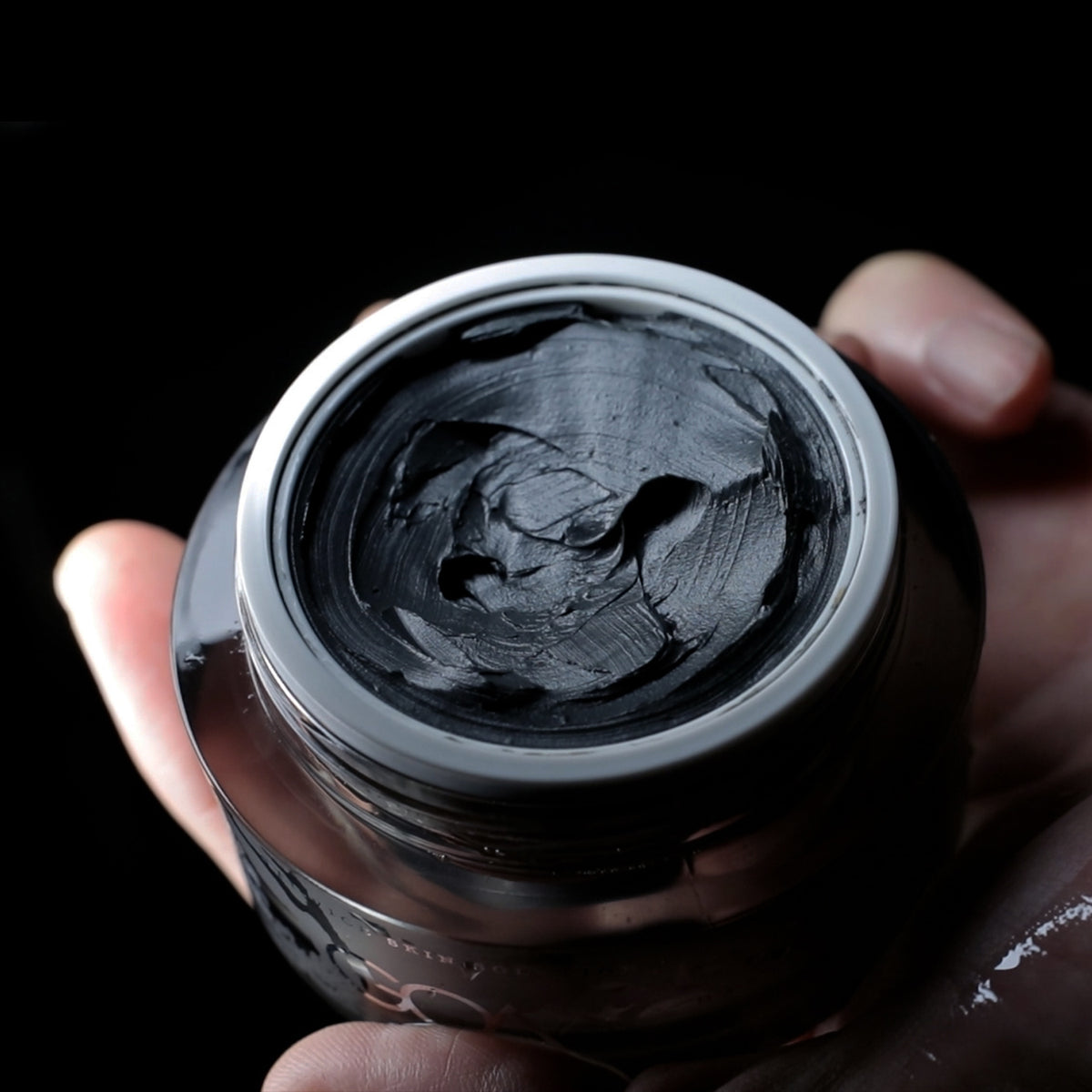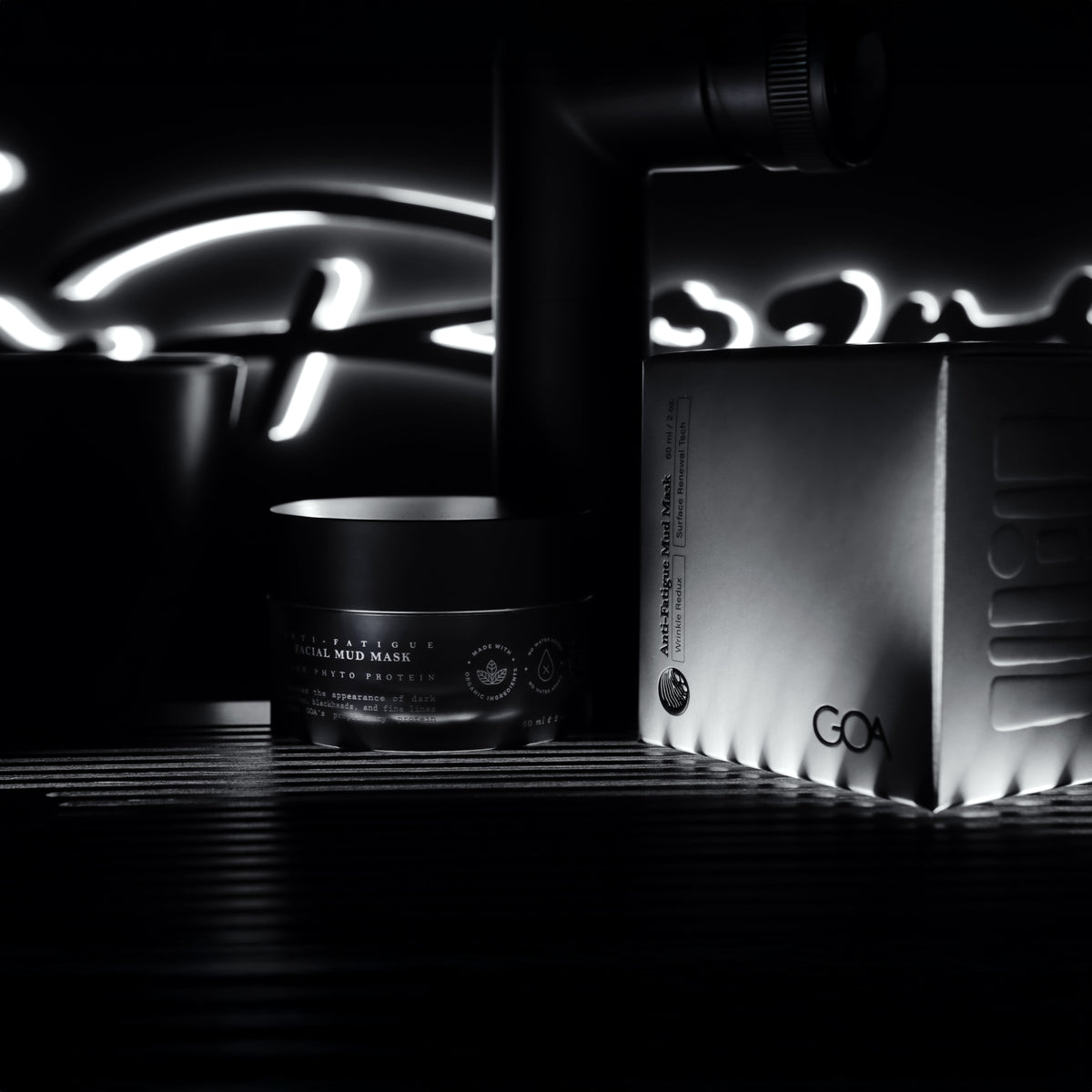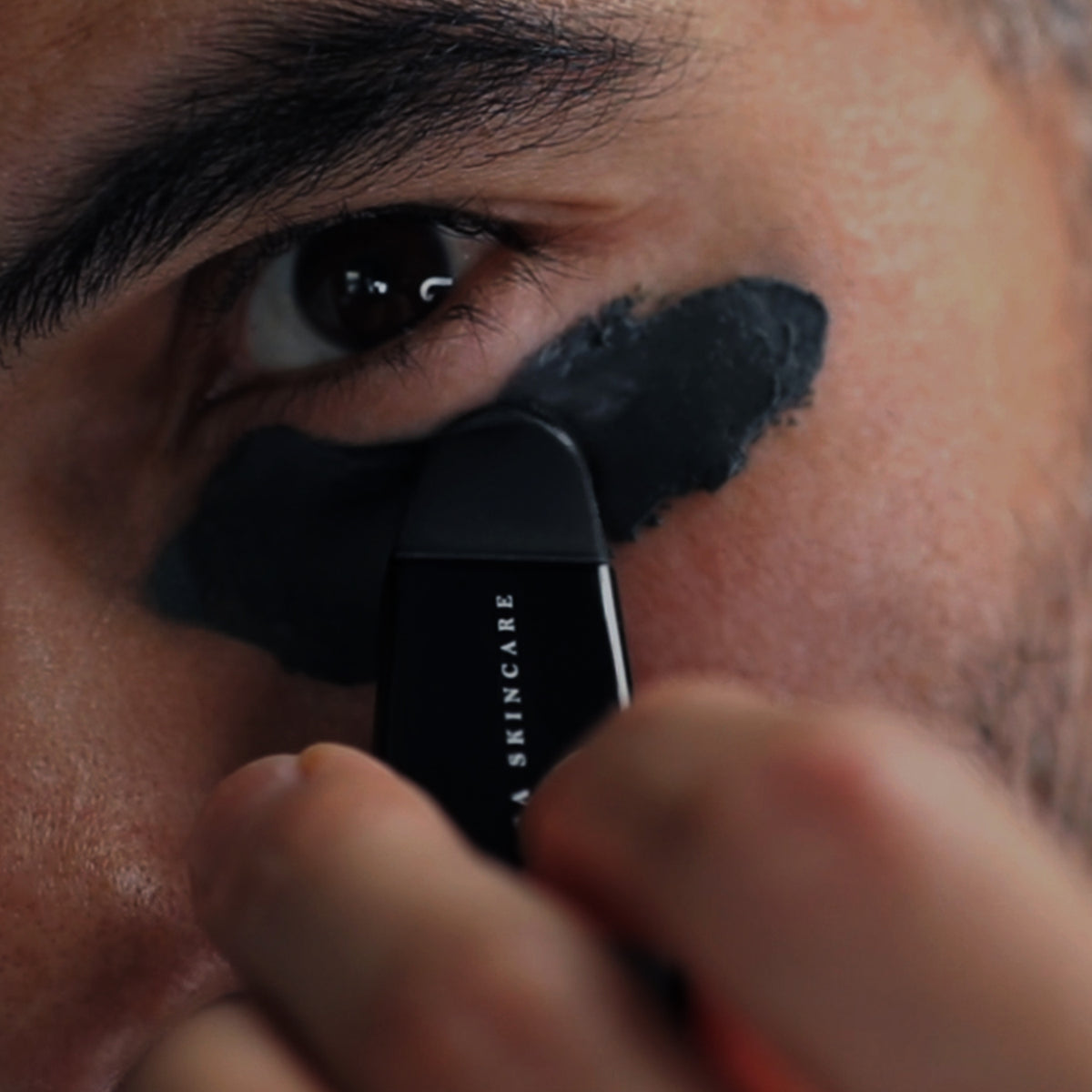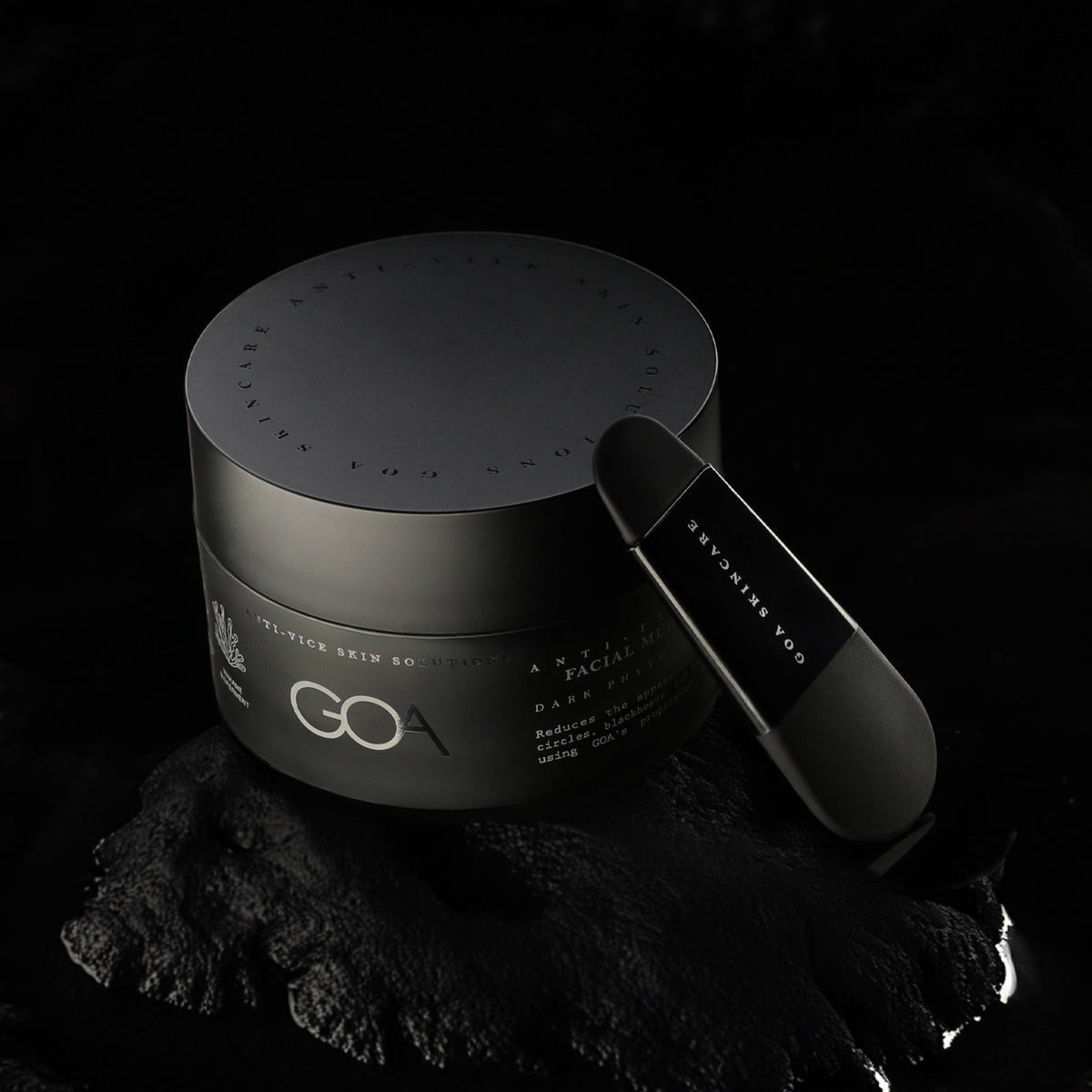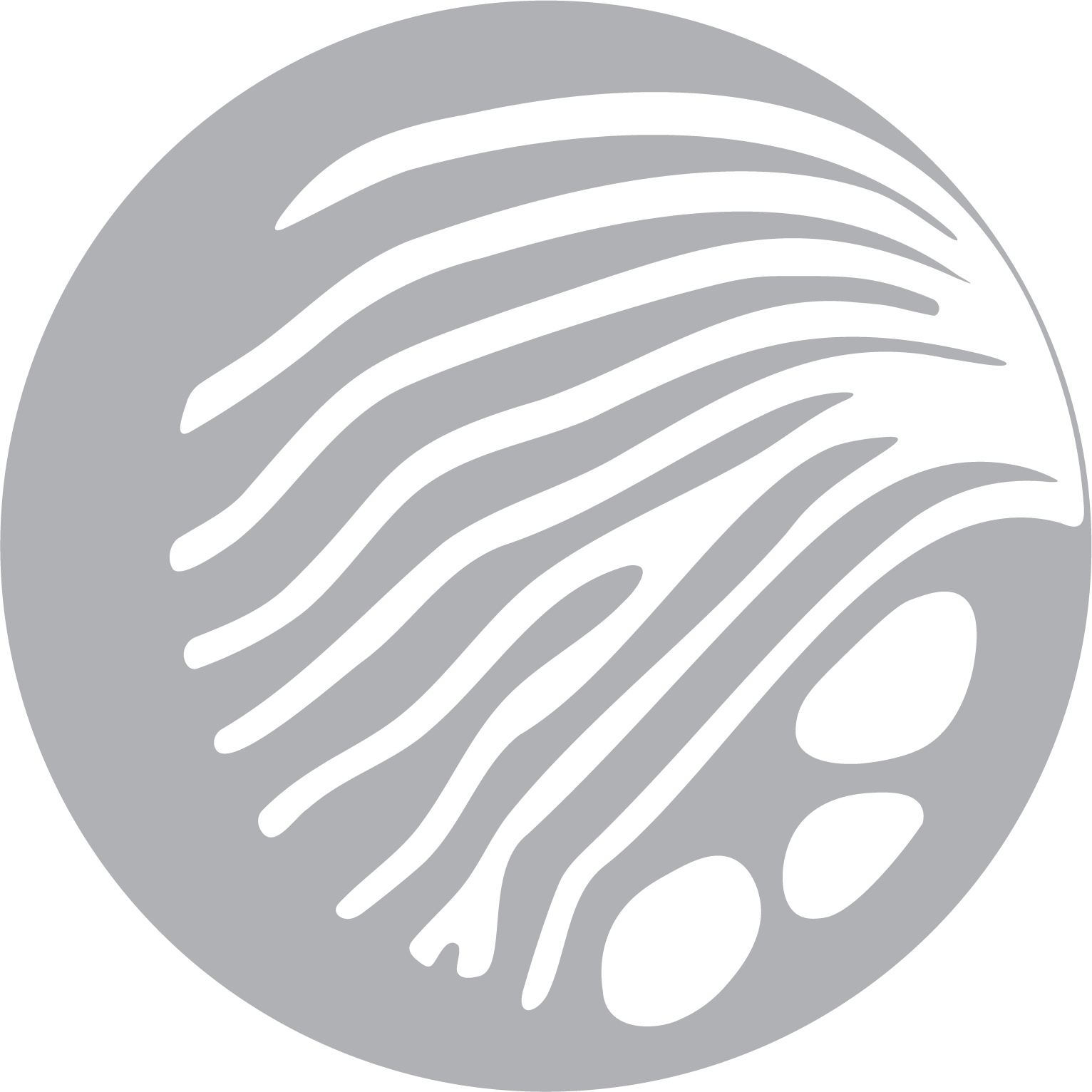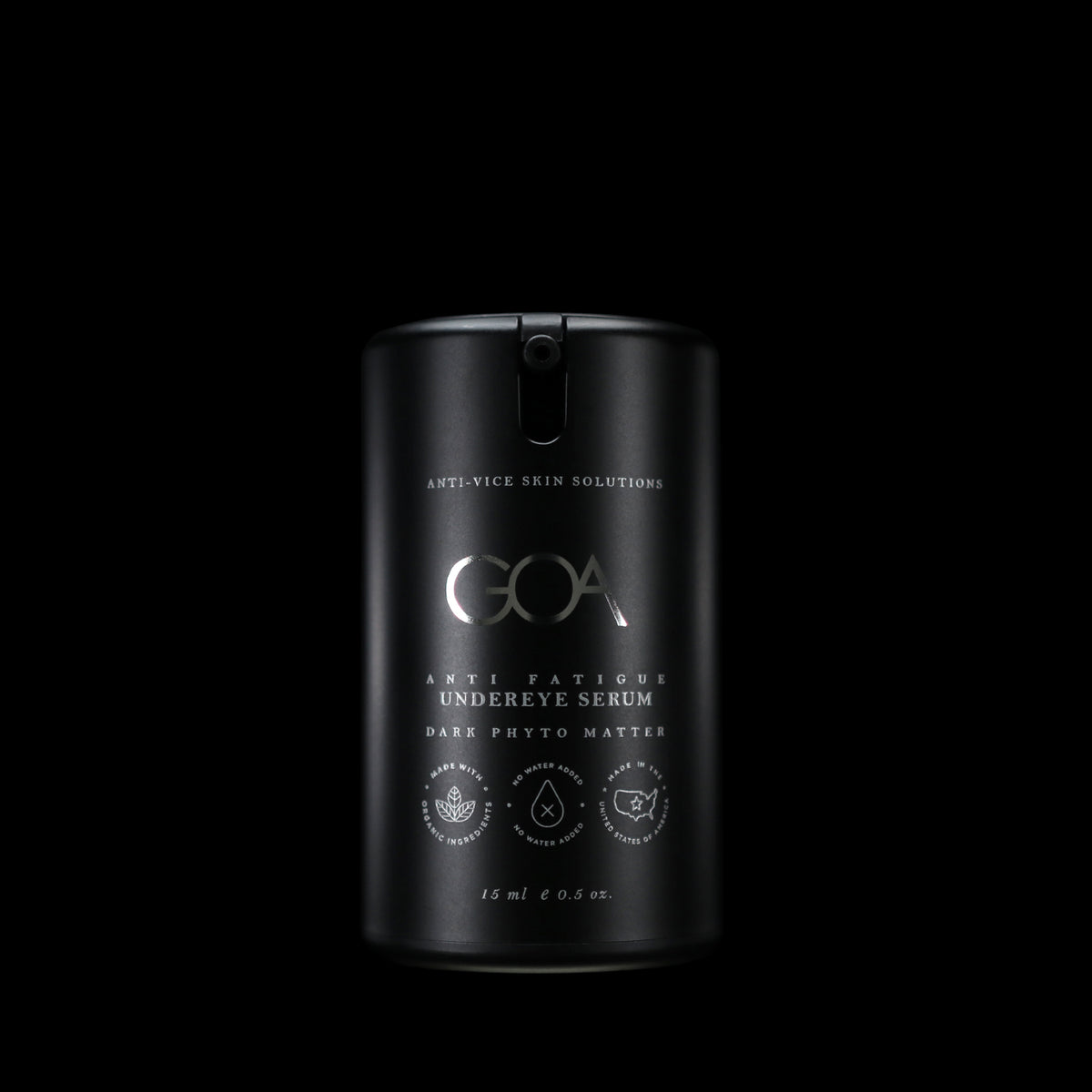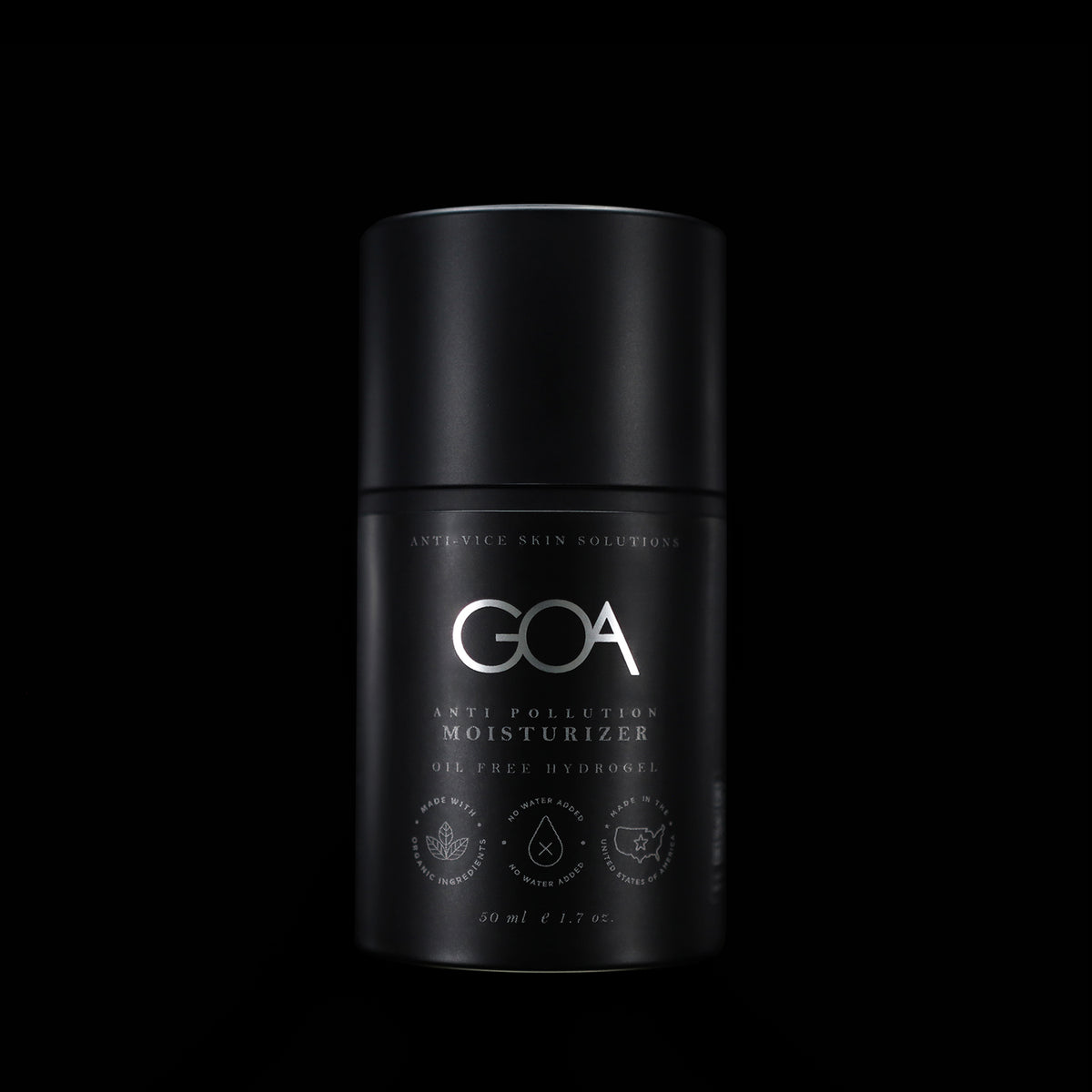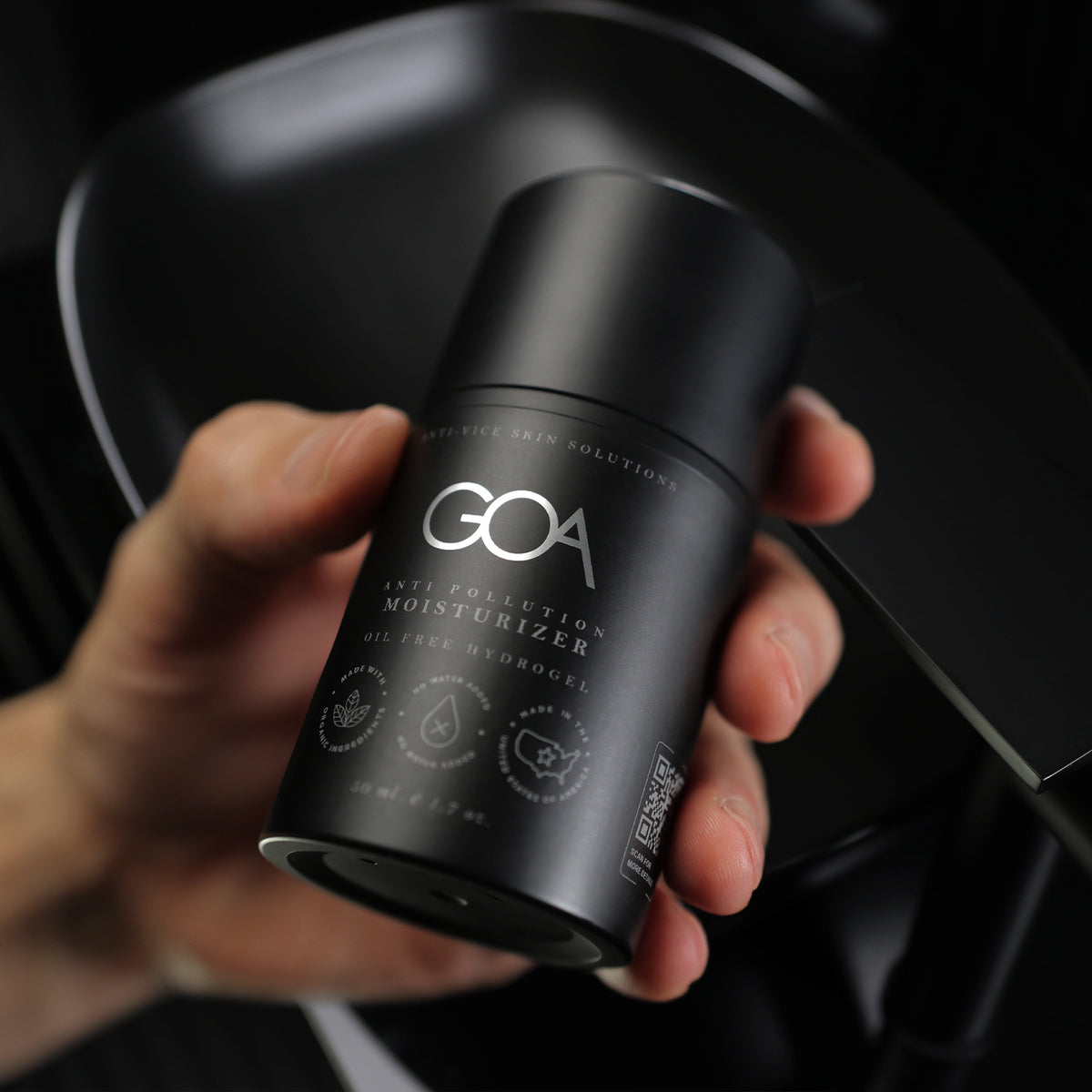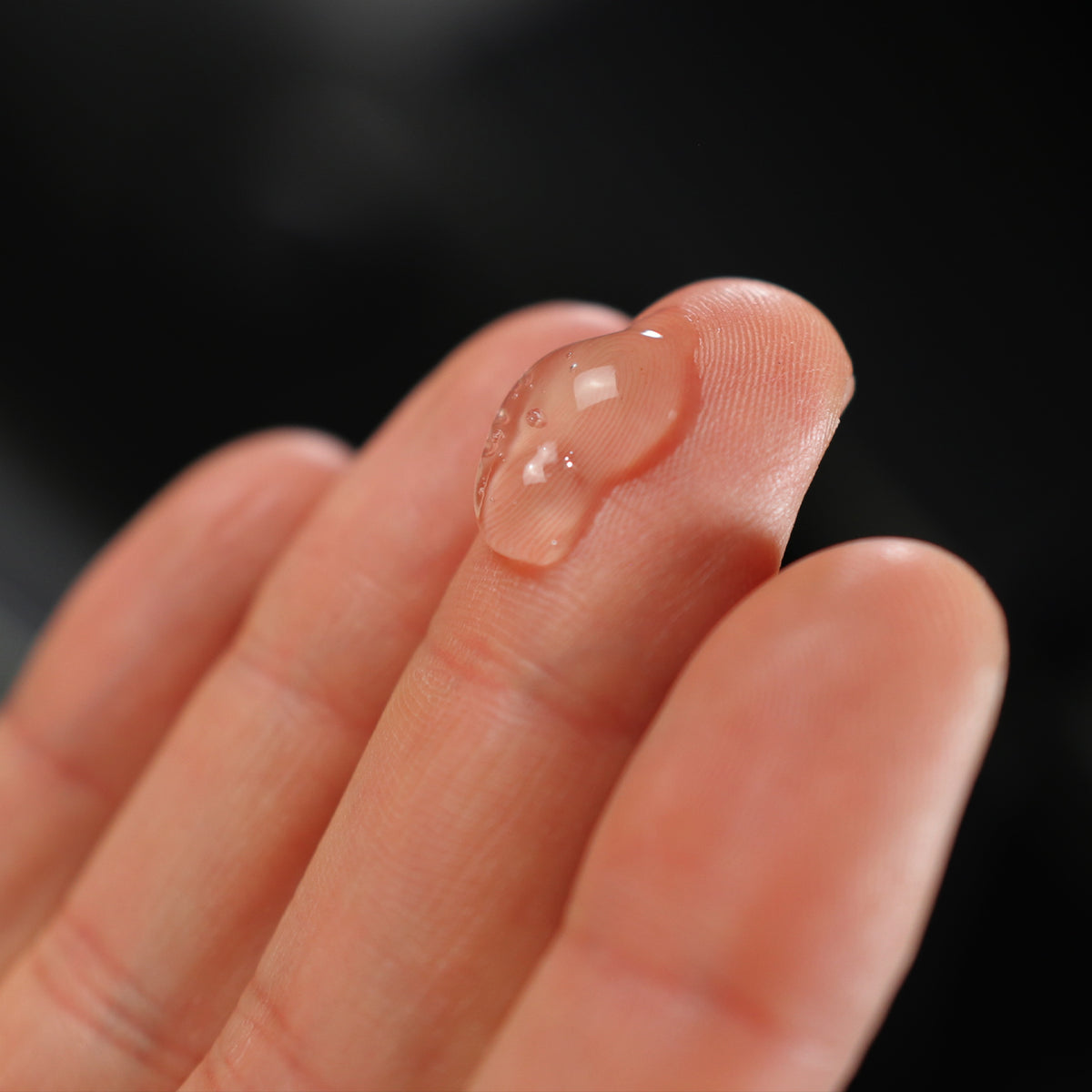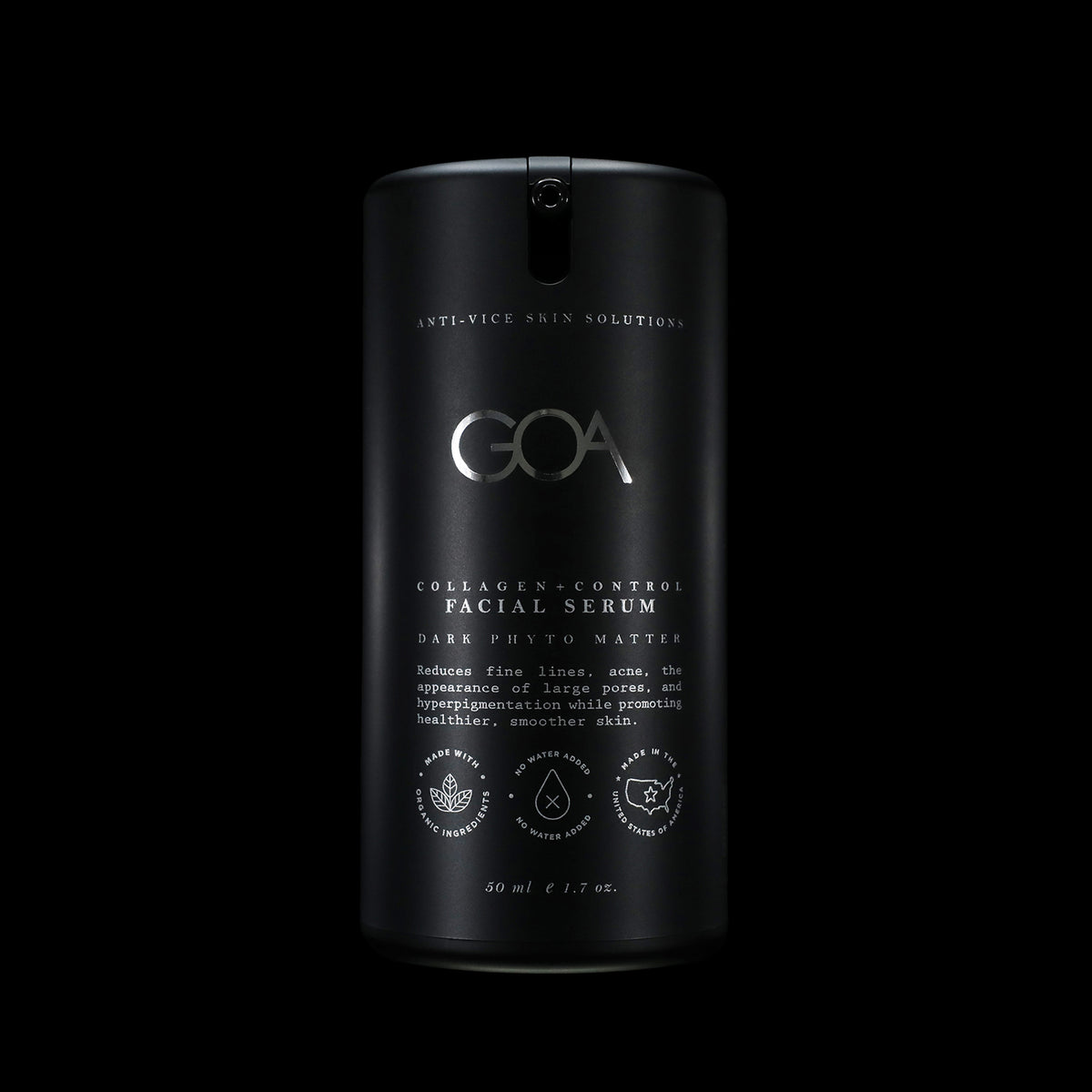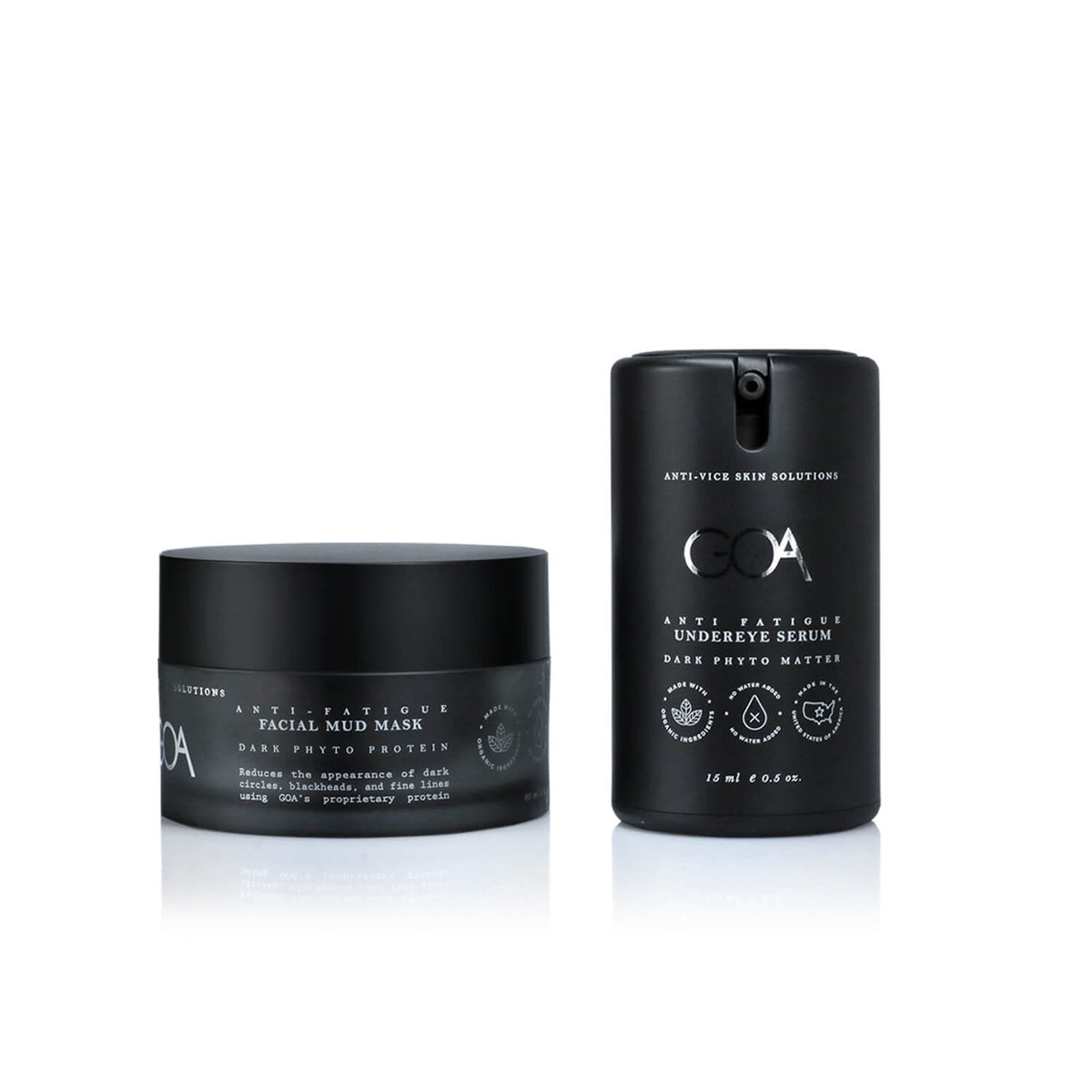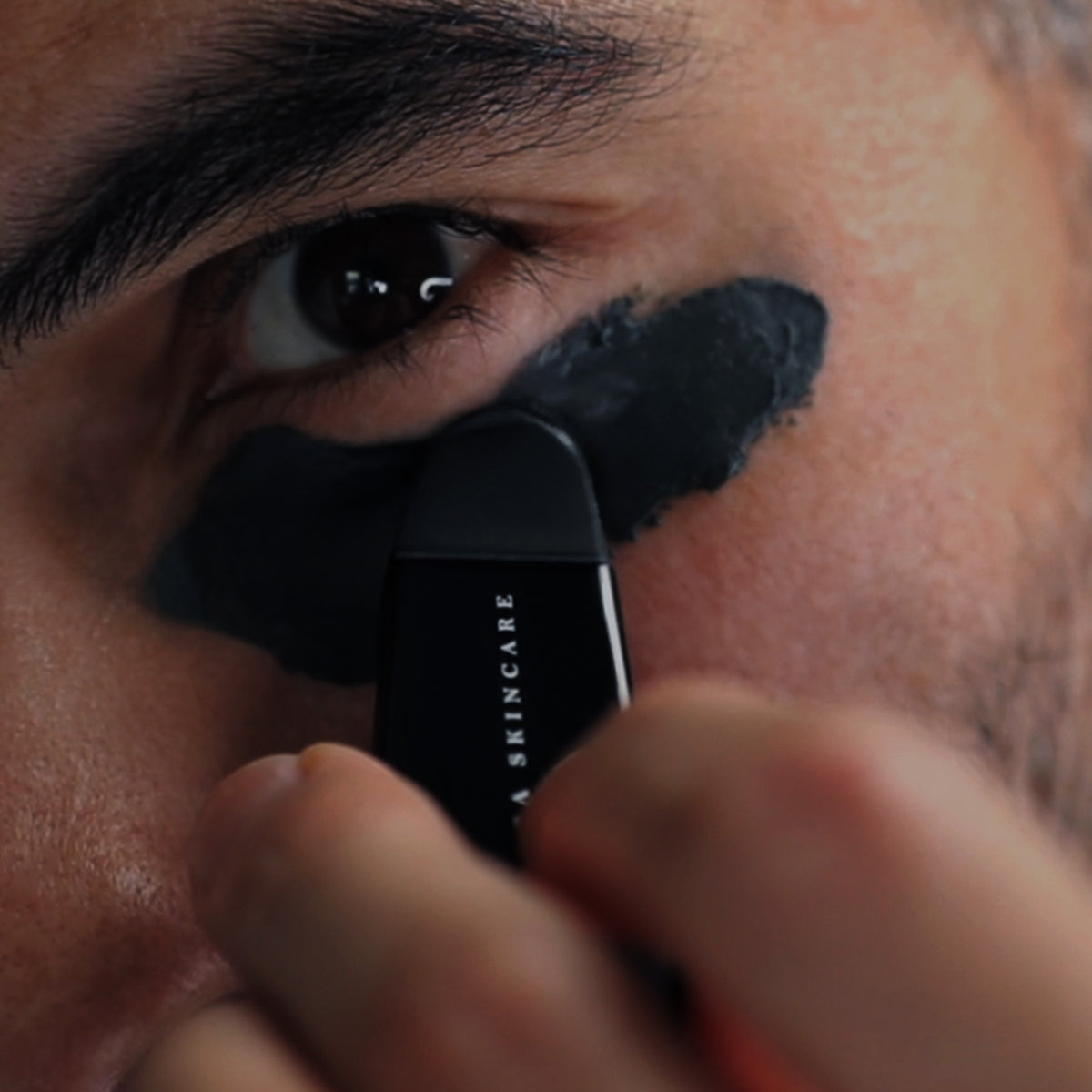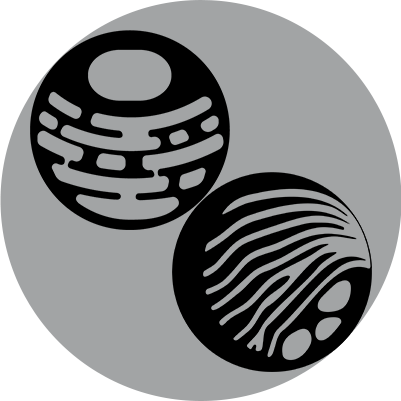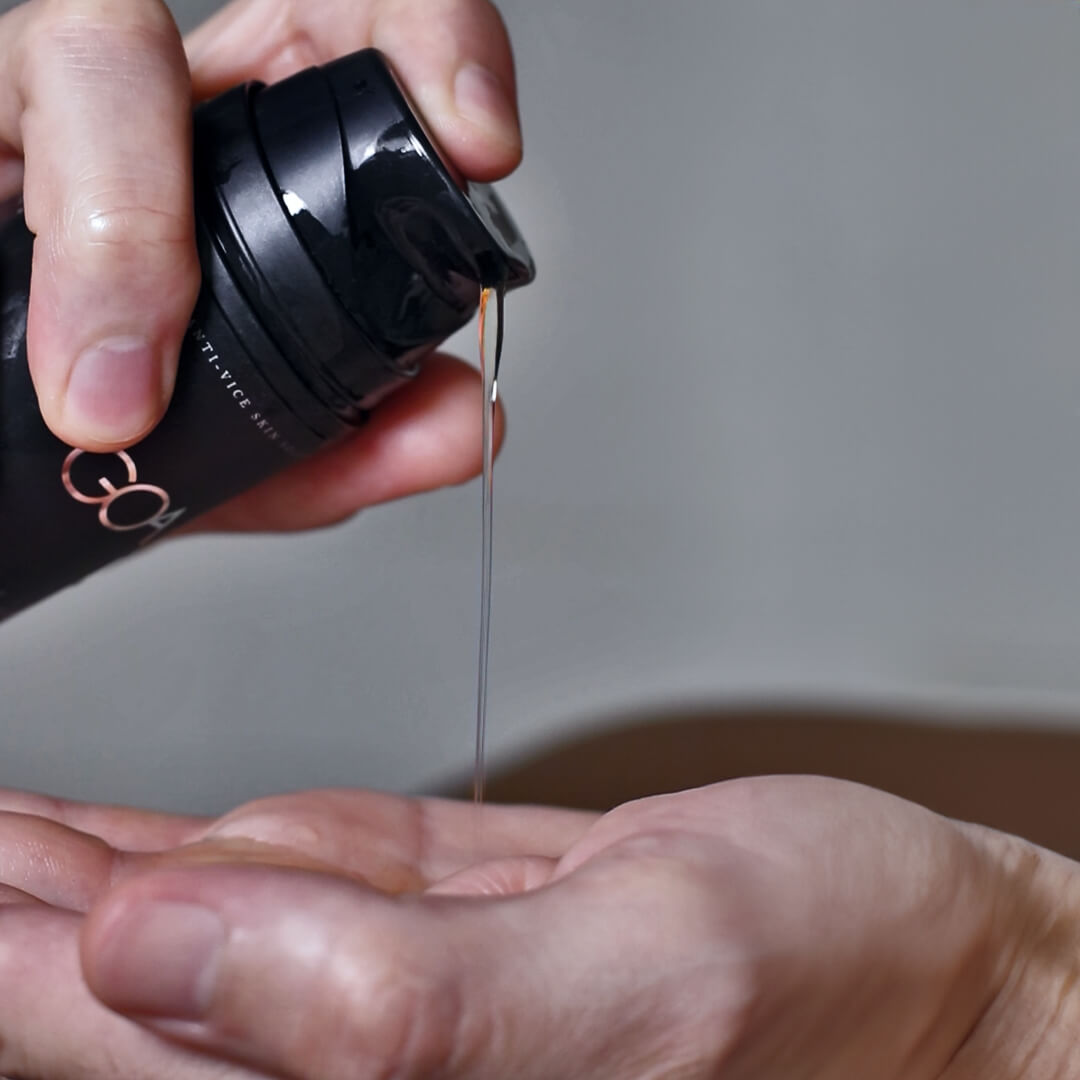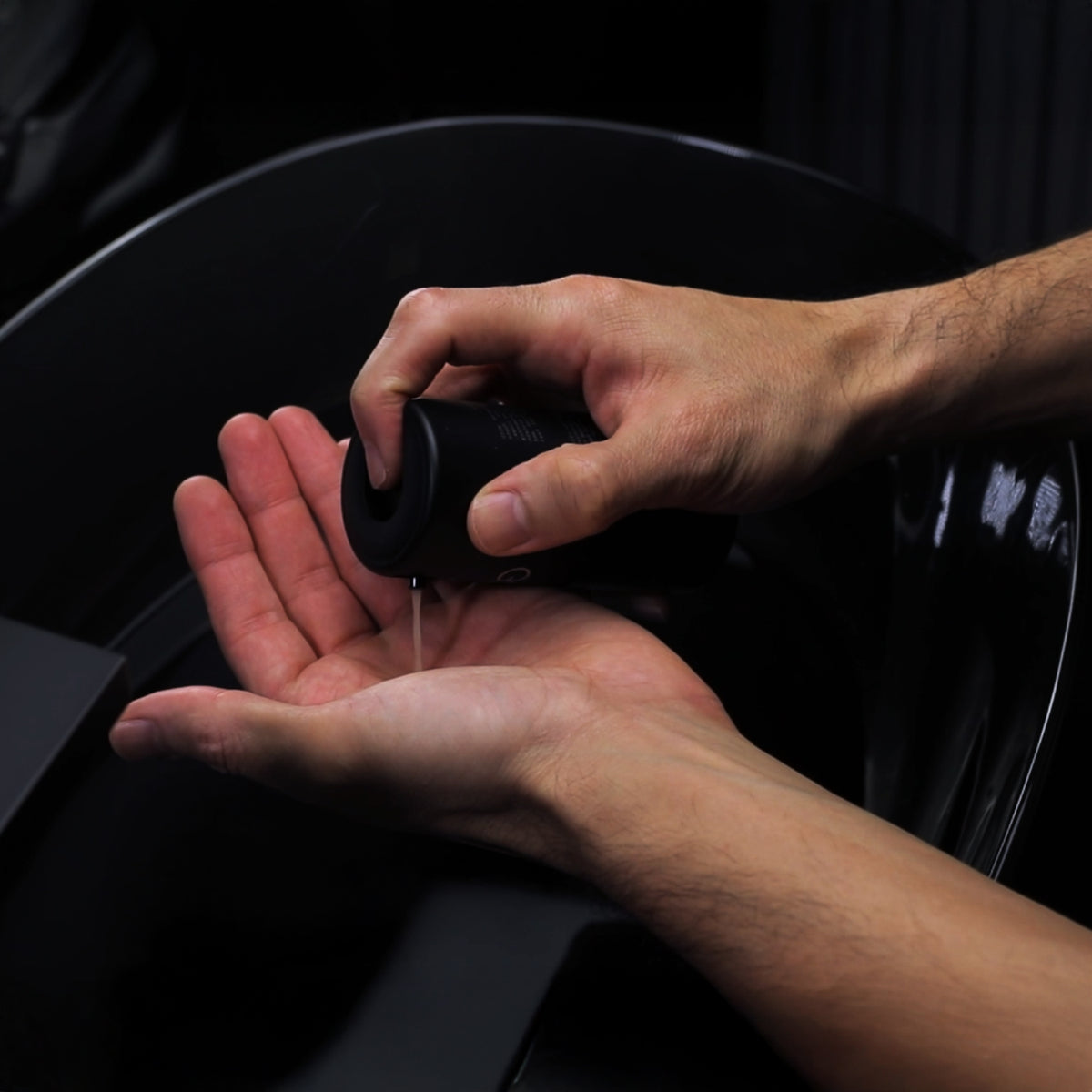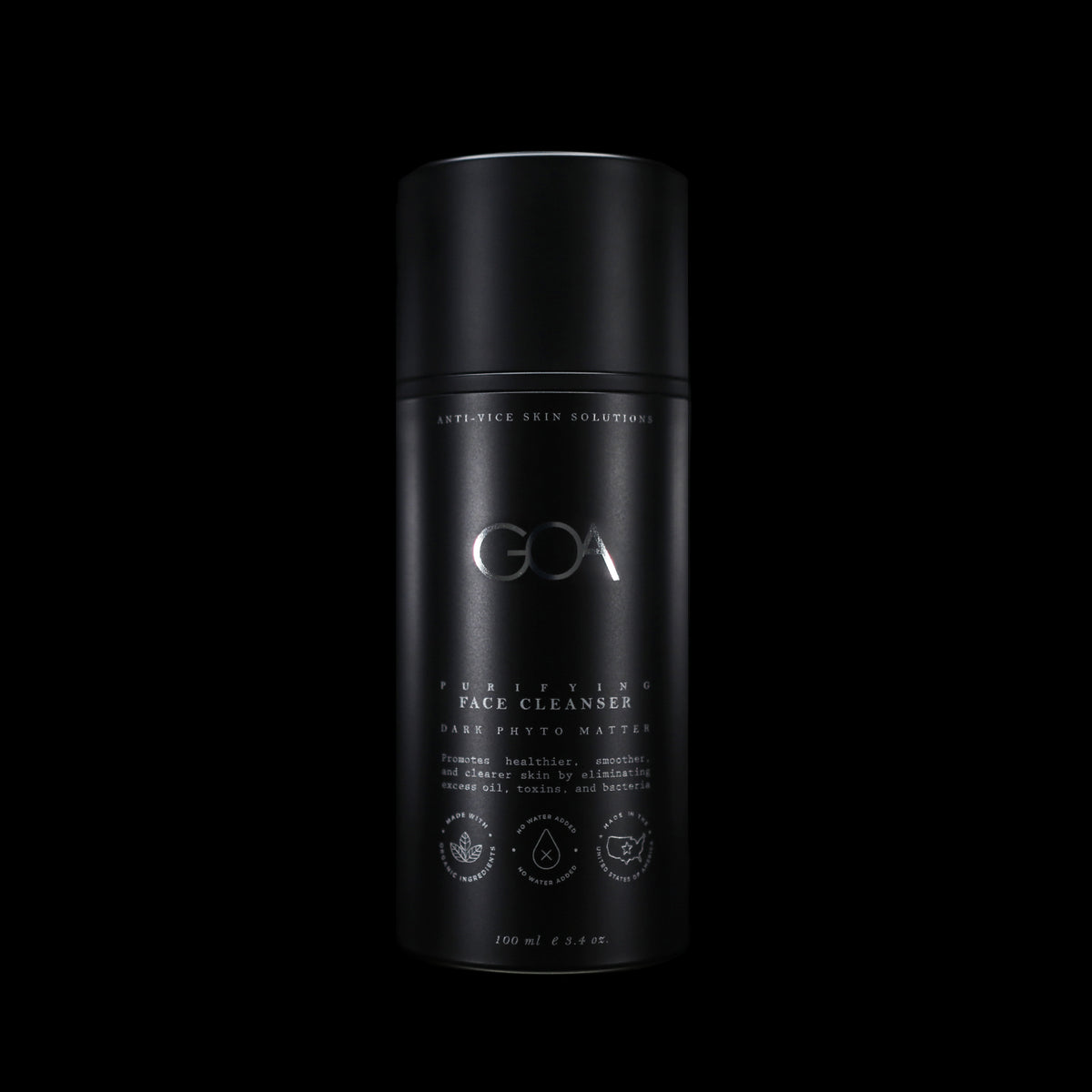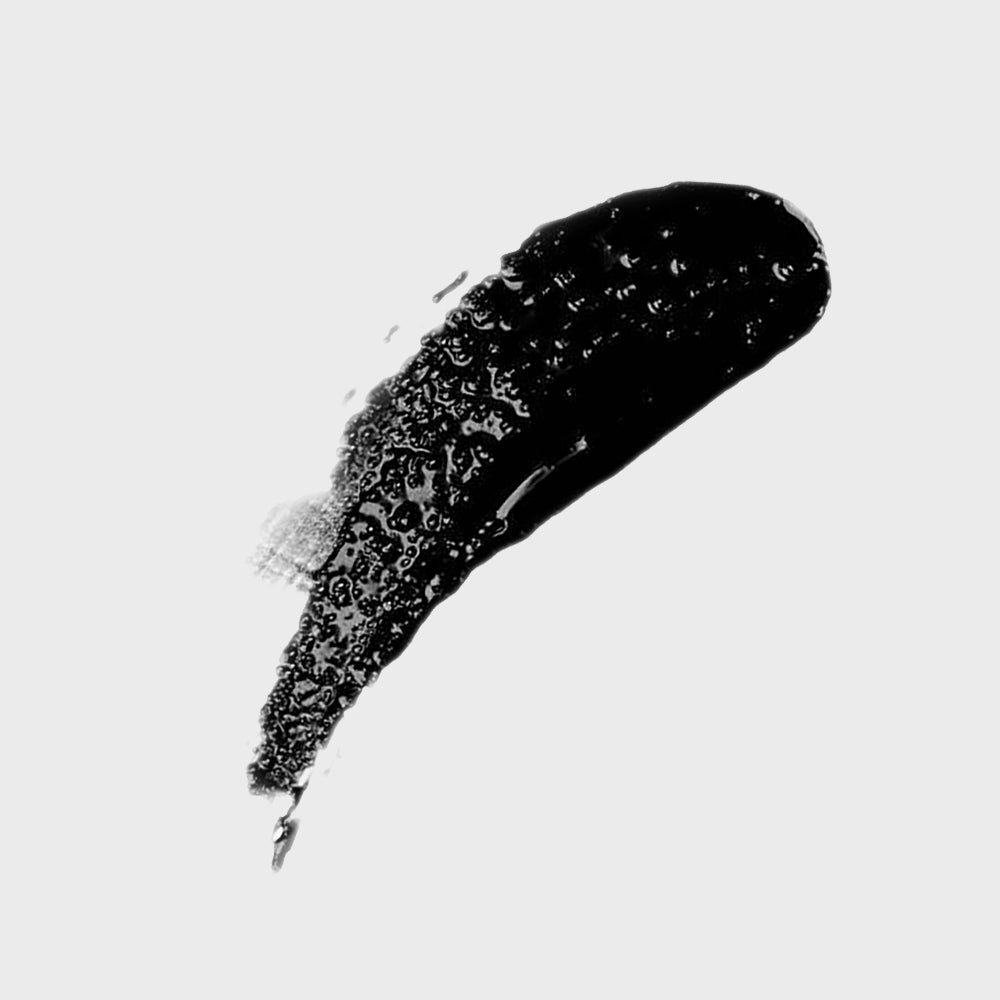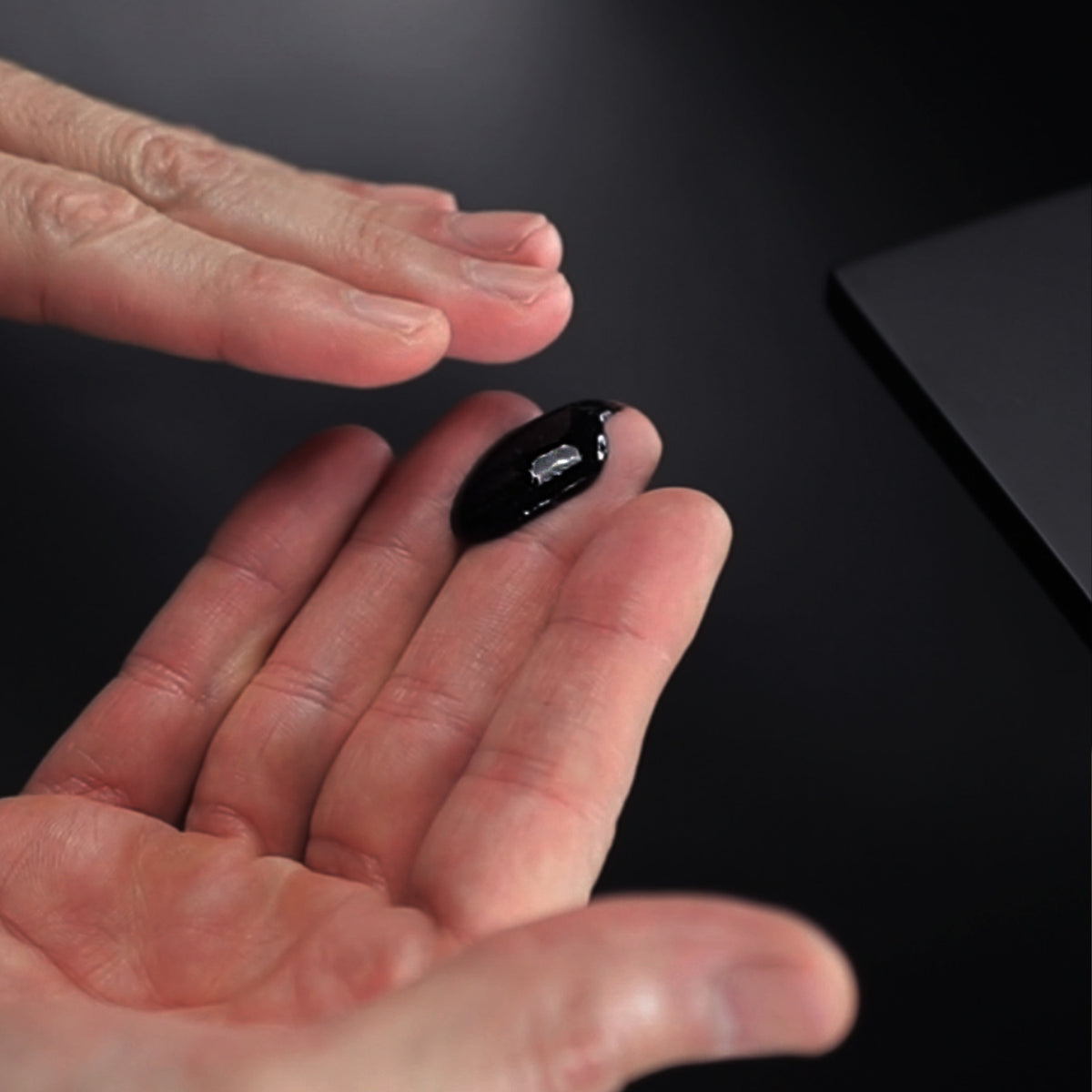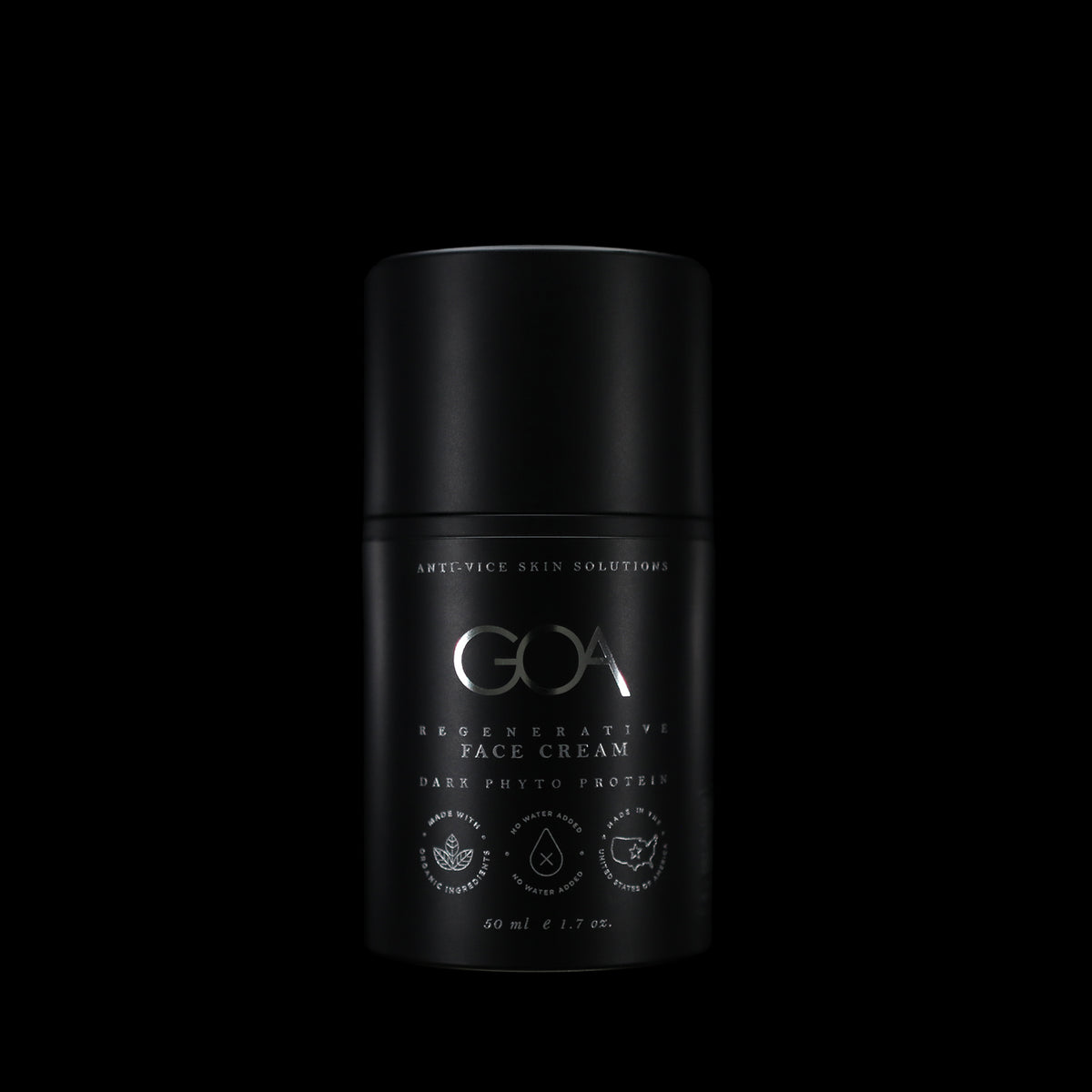How Red Light Therapy Works
Red light therapy, also called photobiomodulation, uses specific wavelengths of light—around 660 nanometers (red) and 830 nanometers (near-infrared)—to affect how your cells work. The light is absorbed by an enzyme in your cells called cytochrome c oxidase, which is found in the mitochondria. These are the parts of the cell that make energy.
When the light hits this enzyme, it causes a molecule called nitric oxide to release. This allows the enzyme to start working again, which helps the cell produce more ATP—your cell’s energy source. That energy powers important tasks like repair, protein building, and healthy cell growth.
The light also triggers a small, controlled increase in reactive oxygen species (ROS). These act as signals, telling your cell to activate genes that support healing, collagen production, better blood flow, and antioxidant defense. At the same time, signals that cause inflammation begin to go down.
For red light therapy to work properly, the light must be at the right strength and reach the right depth. The device should stay close to the skin with no gaps, and sessions usually last between 5 and 20 minutes. The amount of energy and how long you use it affect how your skin responds.
Red and Near-Infrared: what changes in tissue
Red (≈630–670 nm) reaches the epidermis and upper dermis where fibroblasts live. Near-infrared (≈810–850 nm, and into the 1064–1072 nm range) penetrates deeper into muscle and vascular beds. Light is absorbed by mitochondrial enzymes such as cytochrome-c-oxidase, displaces nitric oxide, restores electron flow, and raises ATP. A brief, controlled rise in ROS follows, which up-regulates repair genes, antioxidant defenses, and perfusion signals while dialing down inflammatory pathways. These same switches apply in muscle and brain as well as skin. PMC+1
Skin outcomes men actually notice
Repeated sessions increase dermal collagen density and smooth surface roughness. Trials using red and near-infrared LEDs report improved complexion, higher ultrasonographic collagen, and better patient-rated skin quality after multi-week courses. The effect persists beyond the treatment window, which suggests structural change, not a short cosmetic flare. PMC+1
Muscle recovery and athlete use
In human studies, PBM applied around training improves performance metrics, delays fatigue, and reduces DOMS biomarkers. Benefits appear strongest when used before sessions, with additional value in the post-workout window. Recommendations from athlete-focused reviews place pre-exercise timing within about 5 minutes to 6 hours before training. PubMed+1
Dosing matters. For localized muscles, meta-analyses report positive results with ~20–60 J total over small muscle groups and ~60–300 J over large groups, using red/NIR bands from ~655 to 950 nm. Studies with 660/830 nm demonstrate better time-to-fatigue, strength recovery, and lower CK or lactate when parameters are within these windows. Not every trial is positive, especially when athletes are already highly adapted or protocols are mistimed, which underscores the need for correct dose and timing. rbf-bjpt.org.br+3Conquer Functional Wellness+3PMC+3
Where 1064–1072 nm fits
The 1064–1072 nm band sits deeper in the NIR spectrum. Evidence around 1068–1072 nm is strongest in neuro and vascular applications, including transcranial trials that improved motor and cognitive measures in healthy or older adults. This wavelength reaches deep tissue and interacts with both mitochondrial and water-associated chromophores, which helps explain systemic or “remote” effects seen outside the illuminated area. While muscle-specific RCTs at 1072 nm are limited, the physics and neurovascular data support its use when the goal includes deeper penetration and central fatigue modulation. MDPI+3PubMed+3PMC+3
Practical setup for men who train
-
Session timing: pre-lift or pre-run for performance, or immediately post-session for recovery. Pre-session tends to show the most consistent benefits. PubMed
-
Energy at tissue: skin protocols often target ~4–10 J/cm² at the target tissue; muscle work is better guided by total joules per muscle group as above. PBM follows a biphasic response: too little does little, too much can blunt gains. Some wound-healing studies even show inhibition at higher surface doses, which illustrates the principle. PubMed+1
-
Consistency: plan blocks across weeks, not one-offs. Most skin and performance studies use multi-week schedules. PMC
-
Device-to-skin distance: keep close contact or minimal gap to limit energy loss; avoid heating the skin. (This is standard across PBM trials.) PMC
Safety and limits
Red/NIR PBM is non-ionizing and does not damage DNA at therapeutic doses. Current reviews support oncologic safety for aesthetic skin use, but avoid shining directly over known malignancies without medical oversight. Use eye protection for high-irradiance arrays near the face, especially with NIR, and be cautious with photosensitizing medications. PMC
Bottom line for athletes and high-output schedules
-
Use red + NIR for skin quality and superficial recovery; add deeper NIR (including 1068–1072 nm) when targeting large muscle groups, central fatigue, or neurovascular goals. PMC+2PMC+2
-
Dose within evidence-based ranges and bias sessions before training for performance effects, with extra work post-session if soreness is the priority. PubMed+1
References
-
Hamblin MR. Mechanisms and applications of the anti-inflammatory effects of photobiomodulation. AIMS Biophys. 2018;5(4):337–361. https://doi.org/10.3934/biophy.2018.4.337
-
Avci P, Gupta A, Sadasivam M, Vecchio D, Pam Z, Pam N, Hamblin MR. Low-level laser (light) therapy in skin: stimulating, healing, restoring. Semin Cutan Med Surg. 2013;32(1):41–52. https://doi.org/10.12788/j.sder.0023
-
De Marchi T, Leal Junior ECP, Bortoli C, Tomazoni SS, Lopes-Martins RAB, Salvador M, Ramos L. Photobiomodulation therapy before intense progressive running test improves performance parameters in untrained males. Lasers Med Sci. 2017;32(5):1043–1050. https://doi.org/10.1007/s10103-017-2199-8
-
Ferraresi C, de Sousa MV, Huang YY, Bagnato VS, Hamblin MR. Photobiomodulation improves strength, prevents muscle damage, and aids recovery from strength training. J Strength Cond Res. 2016;30(8):2112–2120. https://doi.org/10.1519/JSC.0000000000001286
-
Vanin AA, Verhagen E, Barboza SD, Costa LOP, Leal-Junior ECP. Photobiomodulation therapy for muscular performance and fatigue: systematic review and meta-analysis. BMJ Open Sport Exerc Med. 2018;4(1):e000311. https://doi.org/10.1136/bmjsem-2017-000311
-
Salehpour F, Mahmoudi J, Kamari F, Sadigh-Eteghad S, Rasta SH, Hamblin MR. Brain photobiomodulation therapy: a narrative review. Mol Neurobiol. 2018;55(8):6601–6636. https://doi.org/10.1007/s12035-017-0852-4
-
Johnstone DM, Moro C, Stone J, Benabid AL, Mitrofanis J, Baker GE. Near-infrared light therapy in Alzheimer’s and Parkinson’s disease. Front Neurosci. 2016;9:500. https://doi.org/10.3389/fnins.2015.00500
-
Posten W, Wrone DA, Dover JS, Arndt KA, Silapunt S, Alam M. Low-level laser therapy for wound healing: mechanism and efficacy. Dermatol Surg. 2005;31(3):334–340. https://doi.org/10.1111/j.1524-4725.2005.31086




